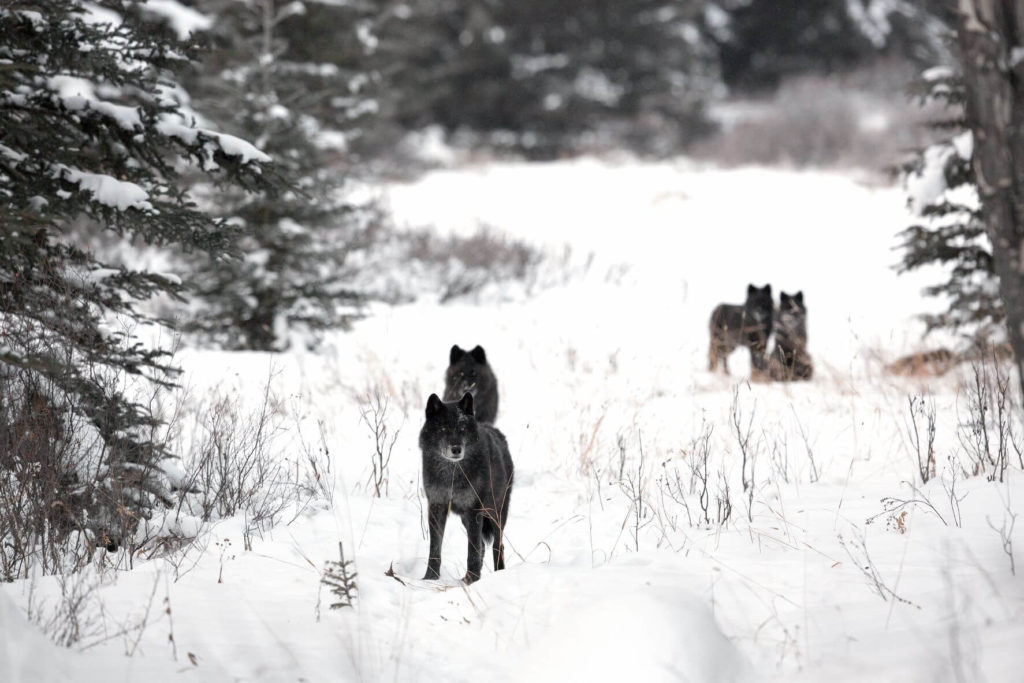
New footage released by Animal Justice reveals a disturbing scene on a British Columbia trapline: a half-eaten horse carcass being used as bait to trap fur-bearing animals. Animal Justice has stated that it has submitted legal complaints to the BC SPCA and the BC Conservation Officer Service over this incident. The Global News story reports that the BCCOS are investigating the incident.
It’s unclear if the practice depicted in the video is legal or not. In either case, it raises ethical and environmental concerns around BC’s commercial trapping sector.
1. Using a large animal carcass as bait undermines the fur trapping industry’s claims that trappers only target specific animals
A common narrative in the fur trapping industry is that trappers are selective and minimize catching non-target animals. But by using a large carcass as bait, its decomposition and associated smells would attract numerous wildlife species in the area, from fur-bearing animals to birds (including endangered species). The Global News article mentions that the Conservation Officer said the trapper was dealing with wolves in the area attacking livestock, yet the footage shows a smaller animal in the trapper’s sled (coyote, lynx, or bobcat), and a lynx or bobcat walking near the bait site. If the trapper intended to trap wolves and accidently caught other non-target wildlife species, it shows how non-selective this practice is.
2. Disposal of animal carcasses on Crown land
The Environmental Management Act has rules to protect the environment from improper disposal, including the disposal of farm animals. Approved disposal methods include composting, incineration, burial, or dead animal collection services. Dumping entire farm animal carcasses on Crown land may result in contamination to ground water and introduces biosecurity risks for wildlife in the area.
3. Virtually anything can be used as bait for traps in British Columbia, including restrained animals
The definition of ‘bait’ for trapping under the Wildlife Act Commercial Activities Regulation reads: “anything, including meat, cereal, cultivated crops, a restrained animal or any manufactured product or material, that may attract wildlife, but does not include a decoy.” These regulations raise serious ethical questions about killing animals like horses or using restrained animals as bait for trapping wildlife.
The Fur-Bearers has reached out to the Ministry of Forests about this practice but has not received a response. B.C. citizens are encouraged to contact their MLA to express their concerns around this issue and trapping in British Columbia. Look up your MLA by clicking here.
